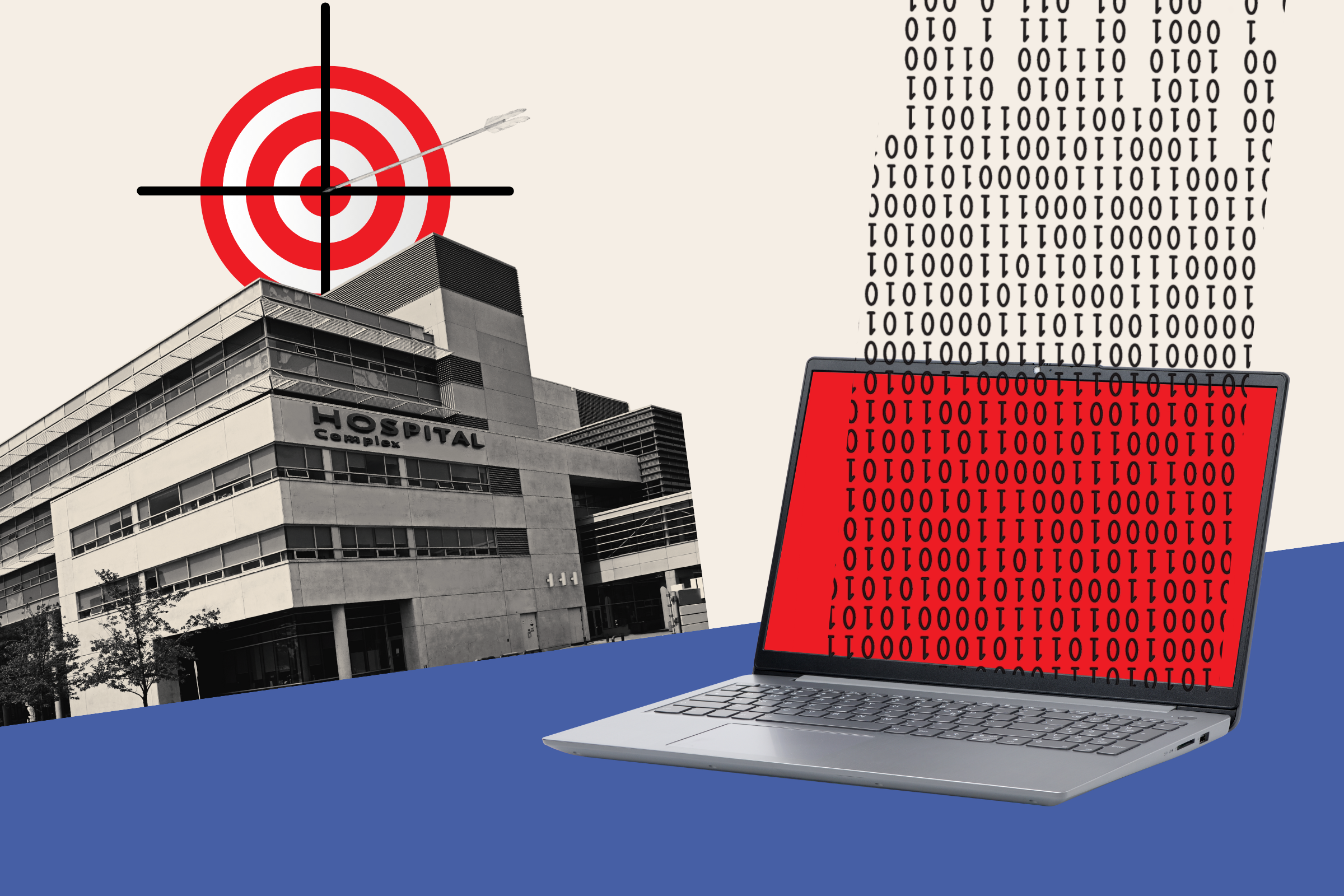During today's total solar eclipse, ham radio operators around the country are teaming up to study the secrets of our atmosphere.
The eclipse is due to hit the United States over Texas, with the moon's shadow totally blocking the sun out at 1:40 p.m. CT. After that, the totality will move northeast across the Midwest and New England, ending in Maine at 3:34 p.m. ET.
Nearly 32 million people live in the path of totality—which will be between 108 and 122 miles wide— with millions more across the country traveling to catch a glimpse of the rare cosmological phenomenon.
The total eclipse is a strange and uncommon opportunity for science, as the brief blocking out of the sun enables researchers and citizen scientists to gather information about the sun's corona and the Earth's own ionosphere.
This is exactly what the Ham Radio Science Citizen Investigation (HamSCI) plans today, with a community of ham radio operators across the totality path collaborating to study the ionosphere.
"Solar eclipses are more common than you'd think. They usually occur twice a year. However, they are only visible from locations that the Moon's shadow passes over; this is known as the path of totality," Jake Foster, a public astronomy officer at the Royal Observatory Greenwich in the United Kingdom, told Newsweek.
The ionosphere is a region of Earth's upper atmosphere extending roughly 50 to 400 miles above the Earth's surface, according to NASA. It is ionized by solar and cosmic radiation and is, therefore, comprised of charged ions and free electrons.
The ionosphere plays a crucial role in propagating radio signals, as it reflects and refracts radio waves. This allows for communication via the bounce-back of radio signals off the ionosphere, which is particularly important for long-distance radio transmission.

HamSCI hopes to study the ionosphere's response to the momentary absence of the sun's solar wind as the moon moves directly between us and the sun. Two main experiments are to be run: the Solar Eclipse QSO Party (SEQP) and the Gladstone Signal Spotting Challenge.
SEQP will involve amateur radio operators across the country attempting to establish as many radio contacts (QSOs) before, during, and after the eclipse. This will enable researchers to see how a large network of radio communications is impacted by the solar eclipse and its effects on the ionosphere.
The Gladstone Signal Spotting Challenge will involve participants using special equipment to monitor specific radio frequencies to see how the ionosphere reacts to the eclipse. The data will then be analyzed by NASA.
In the meantime, the rest of the country will be watching the cosmological wonder as it briefly blacks out the skies. The next eclipse visible from the U.S. will be in August 2044, 20 years from now.
Do you have a tip on a science story that Newsweek should be covering? Do you have a question about solar eclipses? Let us know via science@newsweek.com.
Uncommon Knowledge
Newsweek is committed to challenging conventional wisdom and finding connections in the search for common ground.
Newsweek is committed to challenging conventional wisdom and finding connections in the search for common ground.
About the writer
Jess Thomson is a Newsweek Science Reporter based in London UK. Her focus is reporting on science, technology and healthcare. ... Read more
To read how Newsweek uses AI as a newsroom tool, Click here.






